“I would like to make food choices which are good for nature, community and myself.”
I was staying in a farmhouse in the middle of nowhere, just fields, mountains and old convenience stores selling little more than alcohol and tobacco. That’s what I thought until a hopeful search for ‘Coffee Roasters’ delivered Takigahara Cafe. Here I met Anna Grønkjær Jensen who introduced me to the community of soil people & wind people who gather here. Following the breeze, I journeyed to the farm at the end of the road in a search for coffee, but found much more.
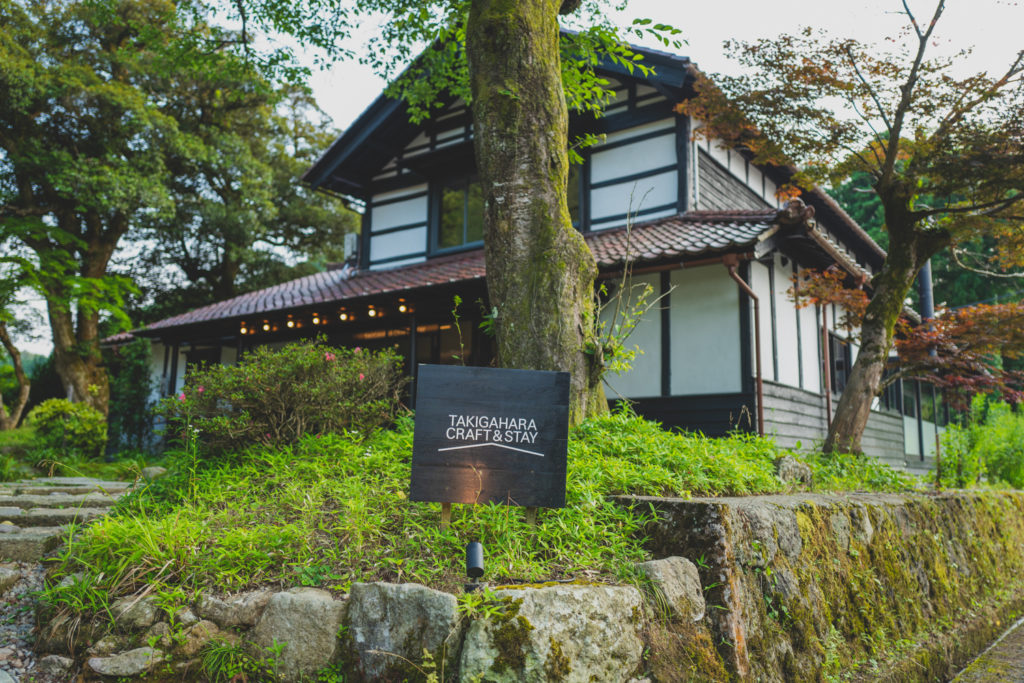
An old Japanese man once told Anna about 風土 (Fu-do) literally meaning ‘Wind & Soil’. He used the analogy of Wind & Soil to describe the two types of people living in Takigahara.
Those who are Soil, live on the land; it becomes part of them as they become part of it. Wind people are those passing through; coming from here and there, near and far, bringing their presence to a place for a short time.
This is how Anna describes —and how I now see— the community at Takigahara Farm. Evident during each Sunday evening when visitors and villagers gather for a community dinner. Exchanging stories and cultural differences; expanding their understanding on ways to live life.
“For a healthy community which is alive, I think it is important to nurture both wind and soil. Cultivate the knowledge and culture which belongs to the place, while inviting in new ideas and ways of living.”
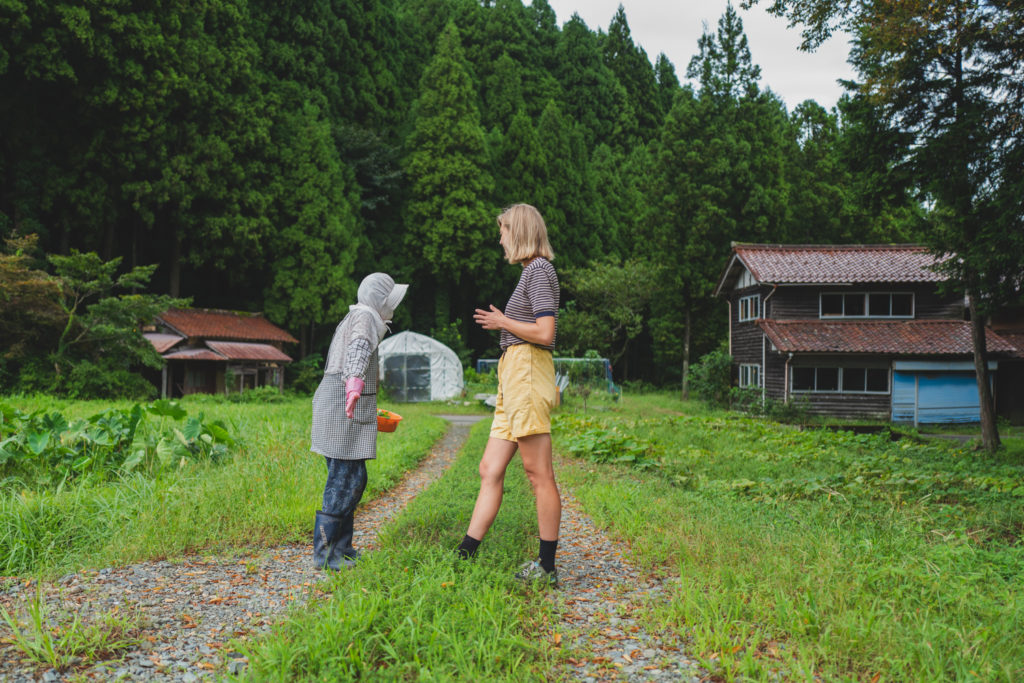
I found my coffee and more at Takigahara that day. After a 30 minute bike ride, I discovered a juxtaposition of Japanese rural life, contemporary design, and a farm —nature— to table food culture. More than just a cafe, as I explored the beautifully designed hostel, kitchen, wine bar, workshop, gardens and farm, I became evermore amazed.
I didn’t meet Anna on that first visit, it was perhaps my second or third visit when she introduced herself. “Hello I’m Anna, I think I’ve seen you before?” She told me about Nature School and the other activities at Takigahara. From then on, whenever I was staying in the area, I made it a priority to visit.
That was 2021, now a year later. Anna and I are now friends, along with the small community who make it… a community. Anna has added a weekly Community Dinner to her Nature School and it was over several of these dinners where we talked about her life outdoors, and how she designs opportunities for uncommon relationships to coexist.
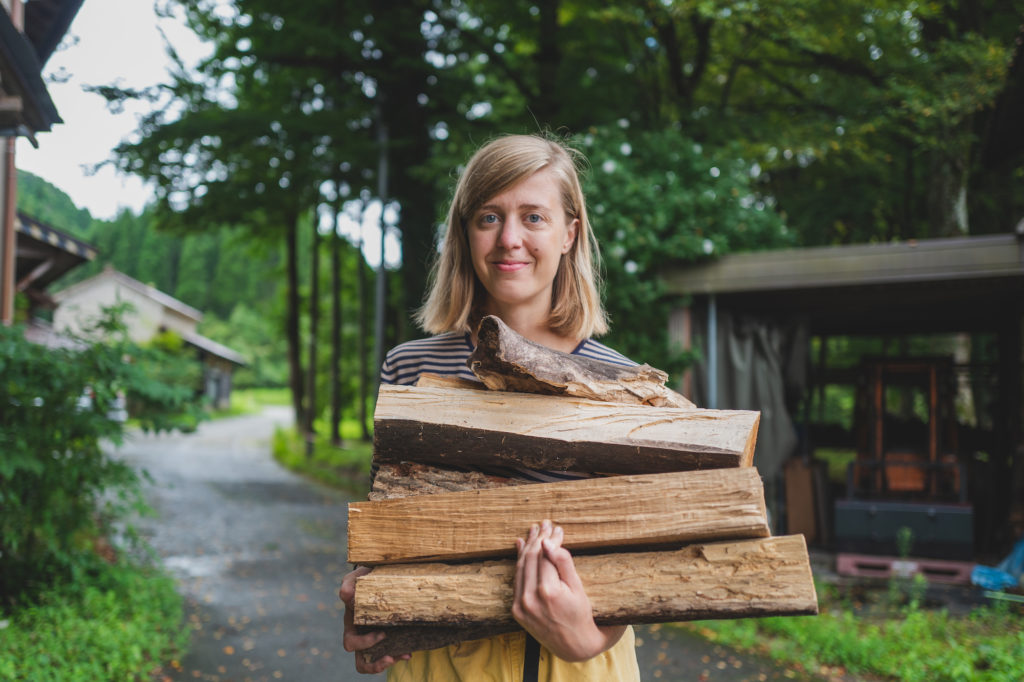
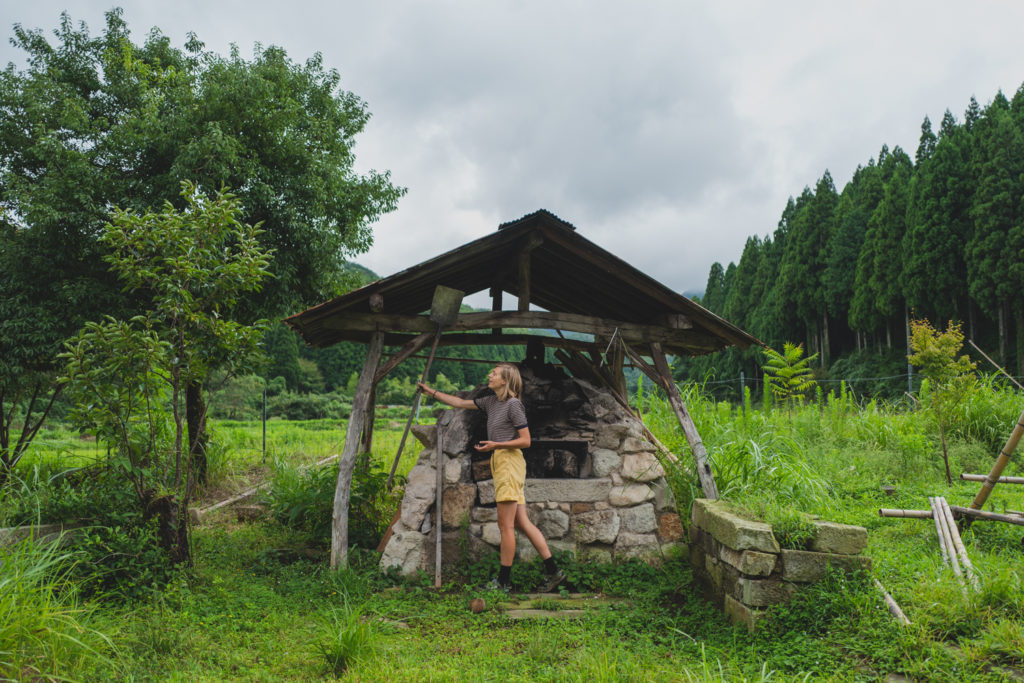
Prior to finding her way to Takigahara Farm, Anna was living and working in Tokyo. You may have heard of, or even been to the Aoyama Farmers Market. She was part of the organizing team; communicating with the farmers, organizing events, writing articles and sometimes helping with the farm work. She admits, although life and work in Tokyo was interesting, it was also full of rules and restrictions.
“When I’m in Takigahara, from thinking about making a bonfire to making a bonfire, only collecting wood and lighting the fire separates my thoughts and actions. When I was in Tokyo, a bonfire would require getting permission and finding a place that allows such things. Not to mention the arduous task of acquiring firewood somewhere within the urban jungle.”
On an early visit to Takigahara in March 2020, she found what she was looking for. Arriving in time to watch the plants emerging from hibernation. Before too long it was July and she was still there living amongst the vigorous green surrounding the village. Describing herself and the village as “energized”. Was it the color green or the oxygen provided by the trees —perhaps it was something unknown and unseen? Without doubt, she felt alive within the trees and free from the restricting system so very evident in Tokyo.
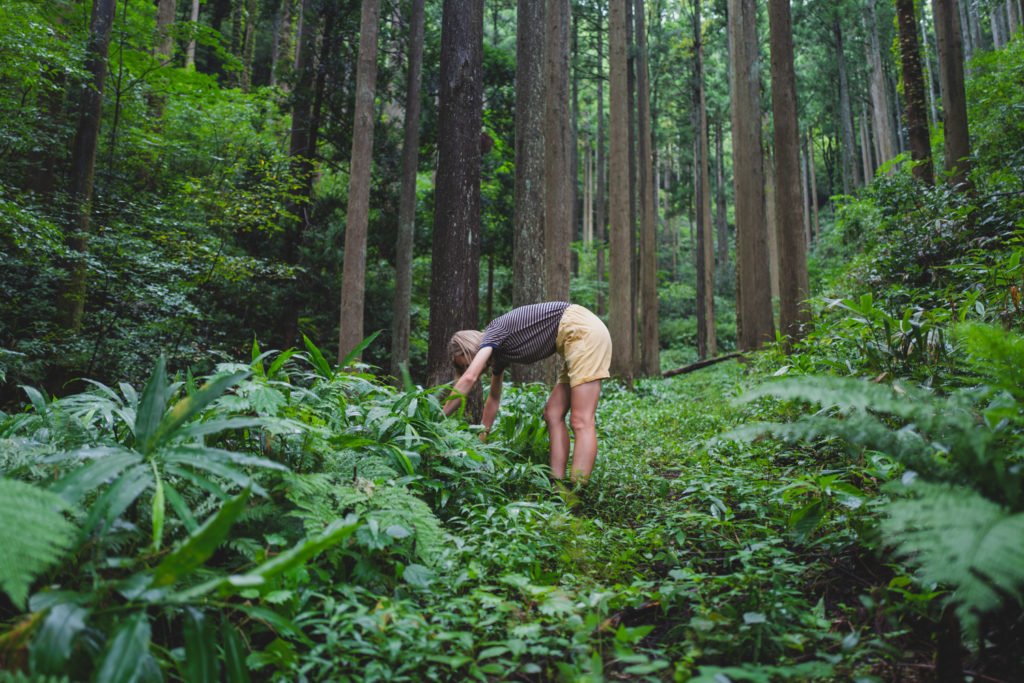
Quitting her job in Tokyo was her first task after deciding to make Takigahara her home. Shortly afterwards, starting Nature School; bringing people together, cultivating the knowledge and culture of different places. Connecting the ‘Community’ and the ‘Planet’ together in nature.
“In order to understand the rules of nature you must be present —use your senses. Nature does its thing and I am welcome to do the same. Coexistence is key.”
Nature teaches us to stay curious. “No two summers are the same, everything is in a constant state of change.” Inviting us to look at the world from many different perspectives, stimulating our senses at every moment. Our perception of time is expressed differently when immersed in nature; not by numbers and timetables, but through the growing of plants, the migration of animals, the evaporation of water, thunder storms, changing light, withering flowers and the rotting of food. Nature School is about sharing and learning from these experiences with others.
“The sensation of being in nature is stimulating. I taste an ant, look at a strangely colored leaf, climb a tree and stumble upon a root… Rather than suggesting answers, nature is full of questions for further expansion of the mind.”
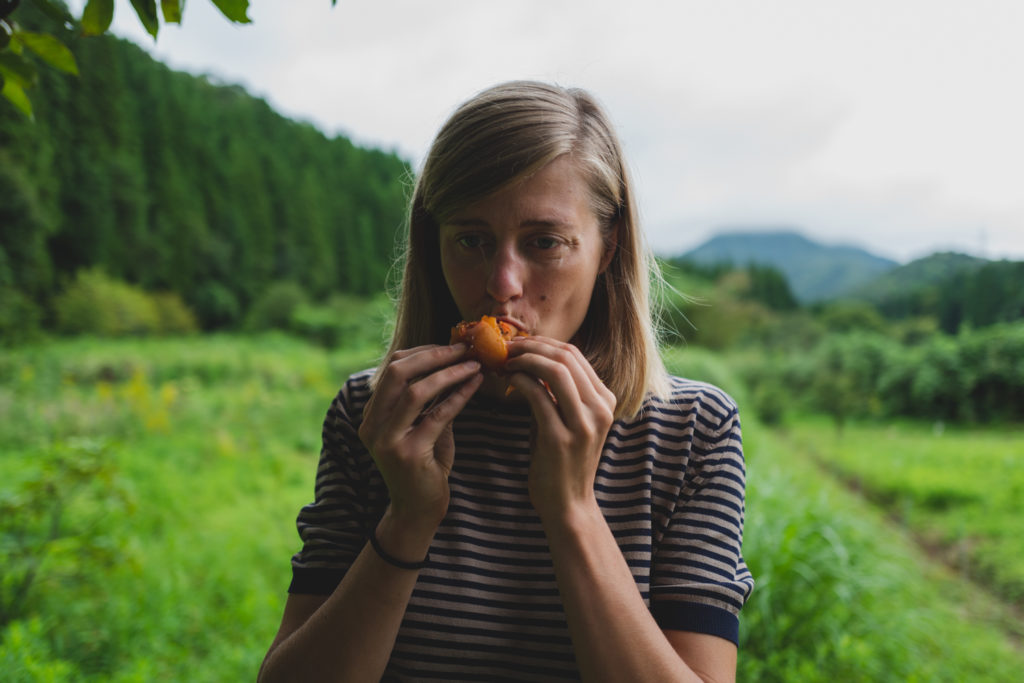
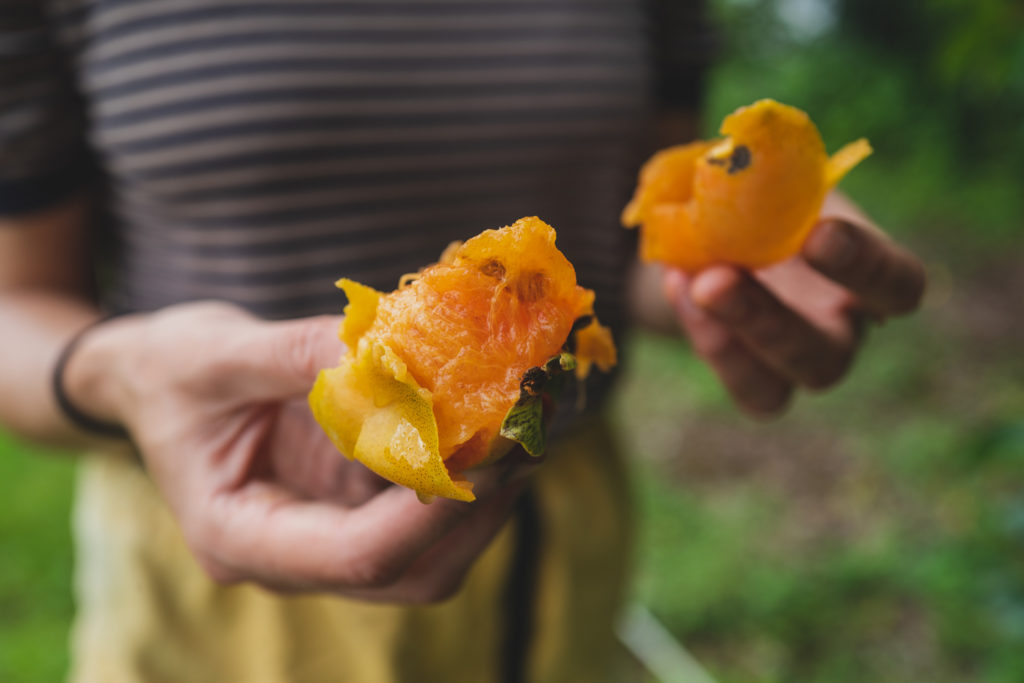
Earlier this year (2022) Anna started Community Dinner with a loose idea of what it could be. A spontaneous gathering of locals and a random Shinkansen encounter, showed Anna what it should be: A connection point for the young Takigahara farmers, village elders and visiting guests. In essence, Wind & Soil people sharing a piece of time, building relationships —coexisting.
Expecting five guests on that first dinner, now having numerous to cater for: the expected, the spontaneous and the randomly invited. Acting on instinct, and a little culinary magic, dinner was prepared. As everyone embraced the situation, conversations flowed between this group of international & intergenerational dinner guests. Anna now sat back watching as everyone became acquainted, as she quietly ate her curry. In this way Community Dinner had found its natural path.
“Generally in life I would like to nurture uncommon relationships. Those that bring different ways of thinking and diverse backgrounds. I think these uncommon relationships are very important to grow strong and healthy communities.”
Now each Sunday, anywhere from three to thirty-five people come together, sharing cooking, food and stories. However, counting the number of guests is unimportant. The real value of Community Diner lies in nurturing these uncommon relationships, transforming the experience of life —together.
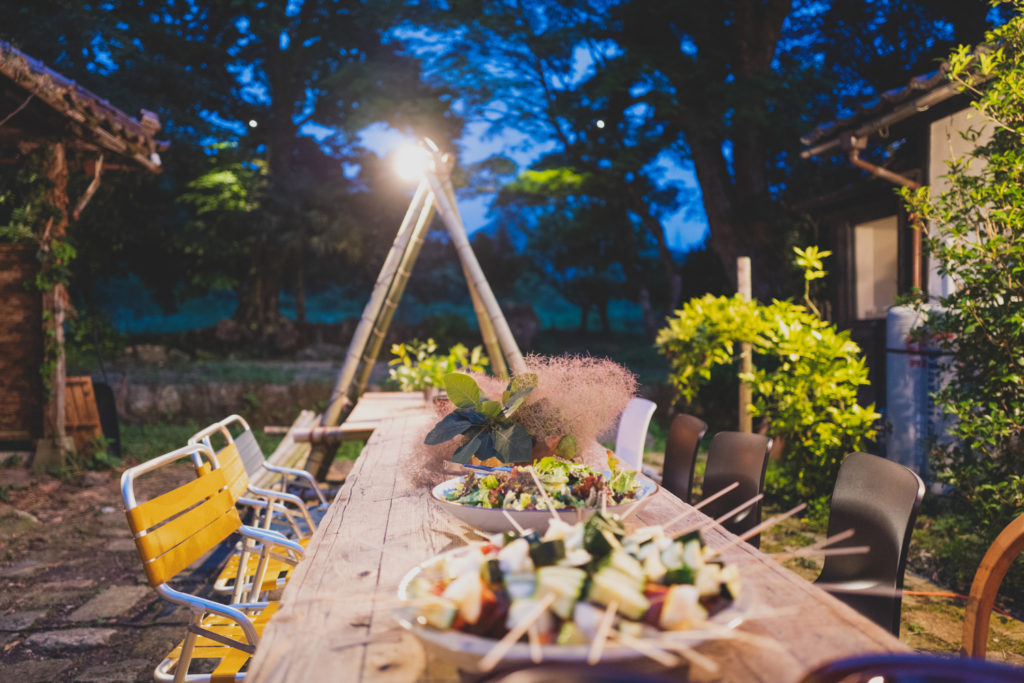
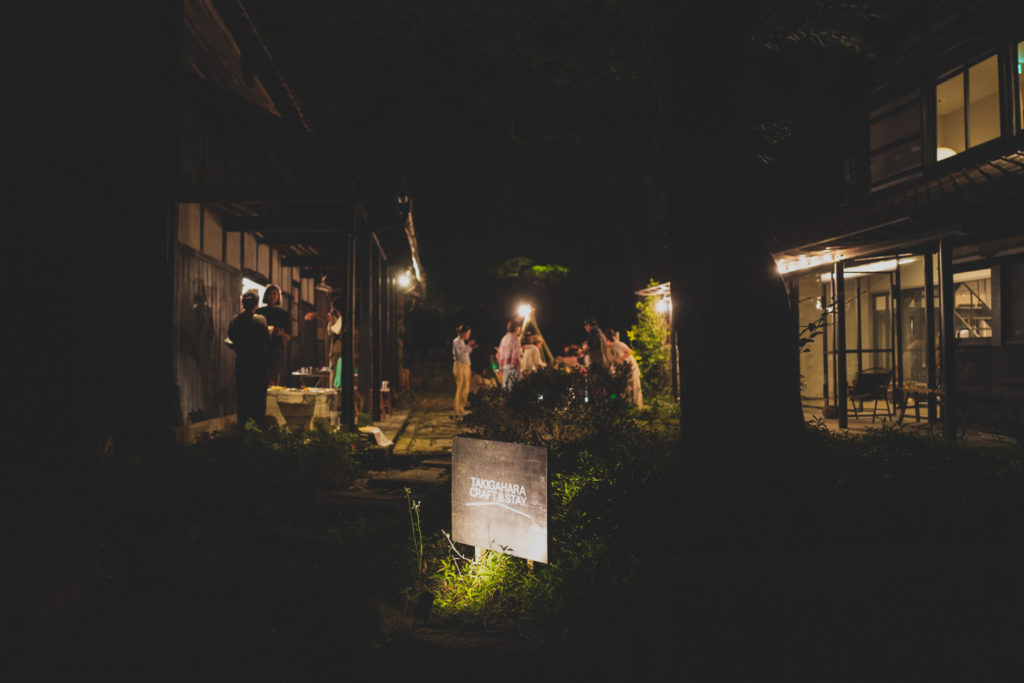
Week to week the menu changes in sync with the season, catering for people with different dietary needs whenever possible. But I was curious if Anna herself followed a particular nutritional guideline of her own, especially in our current complex food system? “I would like to make food choices which are good for nature, community and myself. The question is how do I do that?”
Impossible to answer what is right or wrong to eat for everyone and every situation. Based on her experiences and current situation; choosing local seasonal food from familiar people makes the most sense. Using local produce gives us the opportunity to build direct relationships with farmers, fishermen and hunters. Instead of depending on international food labeling to tell us whether a product aligns with our values or not. By eating locally we have opportunities to visit the origin of the produce, thus forming our own judgment by looking, smelling, touching, tasting, and most importantly, talking to the farmers working hard to bring food to our tables.
“I make sure to greet nature every morning. When I wake up, I immediately step into our garden and have a look at the plants. Checking if they need water and picking a couple of weeds.”
As well as having a small garden of her own, Anna makes a point of walking through the village each week. Here she meets the locals who have been growing plenty of their own vegetables for years. On these walks she acquires an understanding of everyday life in the community, as well as the vegetables and the environment where they grow. As I have discovered myself; “one returns home with handfuls of freshly harvested produce.”
Through this reciprocal relationship with nature, the local environment, and the people living there —be they wind or soil. Anna gently evolves together with her surroundings and any dietary guideline she presently follows will naturally evolve with her. “I hope that we can challenge each other’s point of view and together be kind to nature, each other and ourselves.”
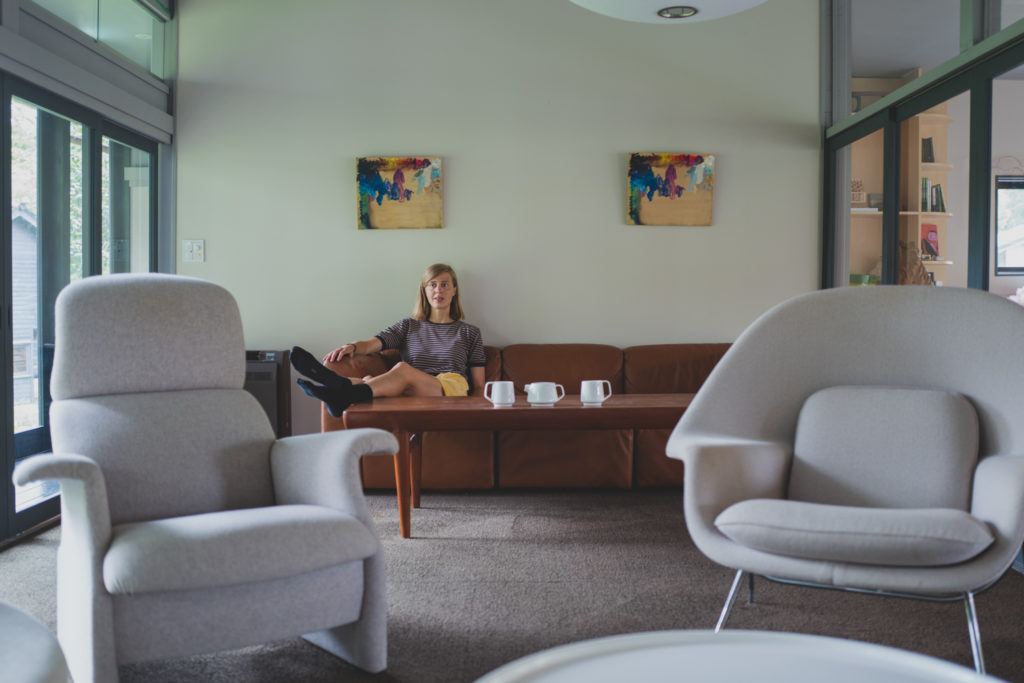
As is custom to this series of stories embracing outdoors and design; we come to the question of success. How does Anna define success in her own words?
“Feeling alive.”
…and so it goes.
Find more about Anna, Takigahara Farm, Nature School and Community Dinner.
Homepage: https://takigaharafarm.com/
Find James Gibson
Homepage: www.arukari.co











